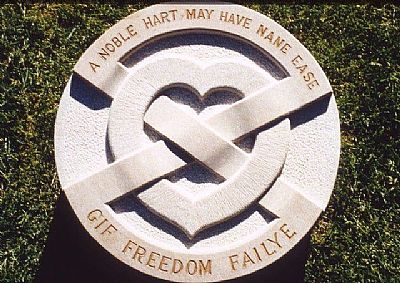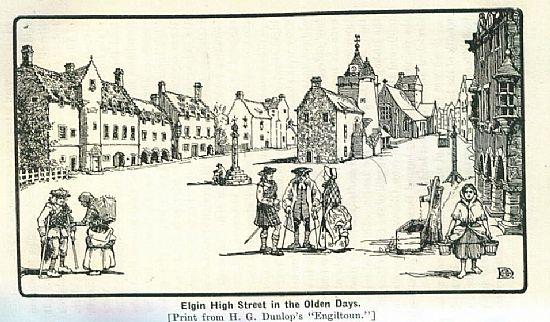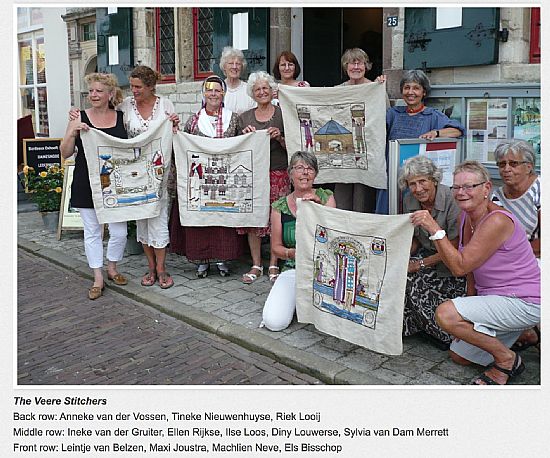Over the Sea to Europe
Extended stays and settlement of Scots can be traced throughout Europe ever since records began.
Disinherited sons
One of the changes that the Normans introduced to avoid deadly family quarrels about inheritance was the law of primogeniture. This meant that younger sons of landowners simply had to make a living for themselves.
Military engagement suited many, the church suited others and merchant enterprise became the choice of a few. Marriage was also primarily a business contract to acquire land and to maintain or increase social status. All these career choices might involve international travel and sometimes settlement.
The Auld Alliance
The first formal treaty between Scotland and France was signed in Paris in 1296 by the two Kings John Balliol of Scotland (under pressure from the Scottish Council of Twelve) and Philip IV of France. In time-honoured fashion it was to be further bonded by a marriage alliance between Balliol’s son (Edward Balliol) and Philip IV’s niece.
Interestingly, the French demanded that the alliance should also be backed by the signatures of the Scottish prelates, barons, knights and communities of towns.
Many of the new Norman-Scottish nobles still held property in France so it is hardly surprising that John Balliol quietly returned to his family estates in Picardy after he had been ignominiously stripped of his Scottish regality by Edward III at Stracathro.
The Franco-Scottish Alliances simply fed into common interests except, of course, when the two countries were at war with one another. France was always the main beneficiary. That long standing-relationship, however, was to be very important to the Scots amongst their French predecessors and fellow settlers in Canada.
Crusaders and Pilgrims
The Crusades and Pilgrimages to the Holy Land took some Scots as far as the Eastern Mediterranean. Lairds rarely travelled alone on these ventures. They needed foot soldiers and servants for such expeditions. The records for these co-opted or volunteer travellers, however, are practically non-existent.
After his death the heart of Robert the Bruce was carried by The Black Douglas towards Jerusalem for burial. The King had wanted to make a pilgrimage there but never had the chance.
Douglas was killed on the way there so the heart was then returned to Scotland and buried in Melrose Abbey instead.
It is now marked by this modern stone.

Merchants
Merchants must have always maintained their trade links with the continent. David I enhanced their social status by creating royal burghs with tax-empted trading rights.

Elgin, Forres and Inverness were the first and Nairn joined them a little later. Some of the most prominent new burghers were Flemish settlers which must have greatly facilitated trading links with the Netherlands.
Veere or Campvere became almost a Scottish merchant enclave and still offers tourists attractive glimpses into its Schotse past.
The ladies in the photo below are holding up the Veere embroidered panels that they created for the 2014 Homecoming tapestry.

Upholders of the Law and Clerical Professionals
The legal profession also began to rise to prominence in social importance.
Lawyers were needed to settle cases not only involving land transactions and inheritance but also disputes caused by the loan system to lairds involving “wadsets”.
Legal studies, like religious clerical ones, often took these rising stars to Universities on the Continent.
In order for law, rather than force, to become the means of asserting social order effectively a whole retinue of new paid professions became necessary.
Sheriffs were appointed to each burgh to administer the law there in the name of the King. Justices of the peace, constables, and watchmen, all needed to be given social status to be able to enforce the law especially in the growing towns.
Inheritance law needed the back-up of genealogists, archivists, advocates and writers to the signet (i.e. solicitors).
As lairds extended their estate holdings managers were needed so factors, tacksmen and baillies created a new middle class in the countryside too.
With money beginning to be treated as a commodity in itself these people could also invest in the burgh merchants' enterprises and ventures in “new lands”. Such small-scale speculative investment led by the sixteenth century to the founding of joint stock companies.
All these social changes only took place slowly and unevenly. They were, indeed, resisted strenuously on occasions.
Please accept this grossly simplified leap over centuries as merely some scaffolding for the mini-biographies to follow in the early modern period.
Further “Reading”:
Jenny Wormald: Court, Kirk and Community: Scotland 1470 to 1625 Edinburgh University Press. First published 1981, reissued 2017, paperback edition 2018
Alistair MacIntyre: French Scottish History: Electric Scotland. electricscotland.com/history/france/index.htm
All the major Scottish Universities have departments specialising in some area of diaspora studies and are worth investigating even if only to see the range of approaches and special interests that they demonstrate.
St Andrew’s University, for example, is building a Scotland, Scandinavia and Northern European Biographical Database (SSNE) accessible via st-andrews.ac.uk/history/ssne

